All about crushed stone parking lots

Crushed stone parking is a budget solution for the improvement of the site. The technology for creating such a site is quite accessible to most owners of summer cottages and households, but there are subtleties that should be taken into account before starting work. A detailed story about which crushed stone is better to choose for parking in the country, how to make parking with your own hands for a car quickly and easily, will help you figure it out.
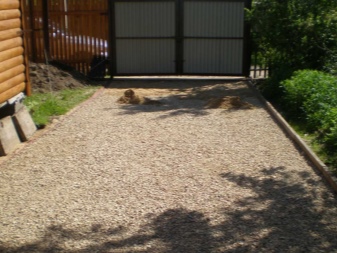
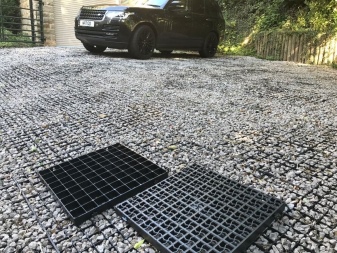
Advantages and disadvantages
Crushed stone parking in a country house or in a personal plot has many advantages over other parking options. Among its obvious advantages are the following.
- Water drainage. There is no need to additionally equip a drainage cushion or perform other manipulations. Moisture is removed from the surface in a natural way, does not stagnate on it.
- Strength. Crushed stone filling is not susceptible to cracking under load, is quite stable, easily compacted, forming a reliable base even for accommodating rather heavy vehicles.
- High speed of arrangement. All work takes from 1 to 3 days, can be done without the use of special equipment.
- No restrictions on soil types. You can place the site on any site.
- Resistant to loads. Filling with gravel makes it possible to make a parking lot for trucks, cars, minibuses.
- Compatible with other types of designs. First of all, this concerns geogrids, which are quite successfully combined with gravel backfill.
- Affordable cost. Average costs are 3 times lower than when organizing a concrete parking space from slabs or in the form of a monolith.

There are practically no drawbacks to a parking lot made of rubble. The only thing worth considering is the availability of access roads for transporting material to the site.
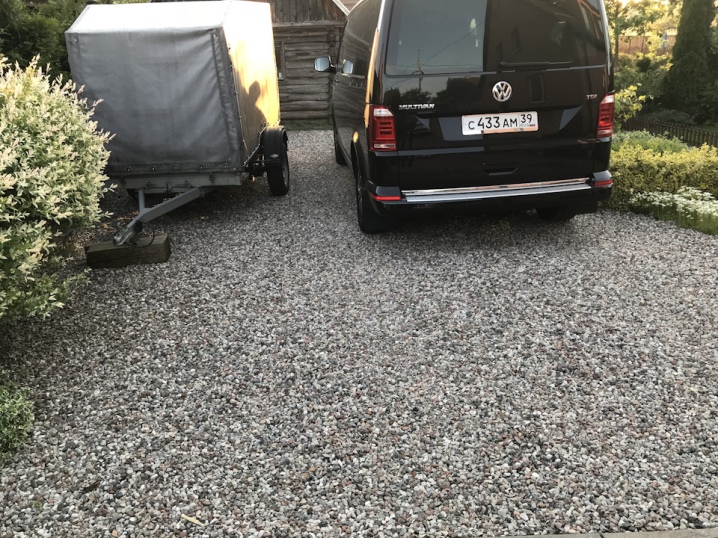
What kind of crushed stone is needed?
The choice of crushed stone for parking is not an easy task. Here material of only one fraction is rarely used, more often small and large particles are stacked in layers. It is also worth knowing that not all types of stone perform well enough with this application. It is better to use crushed stone with a hard, non-destructible structure.
The optimal solution will be the following options for raw materials for arranging a parking area.
- River gravel. Natural stone with smooth edges looks very decorative and has an attractive appearance. The material is environmentally friendly, has an affordable cost, and can be used for landscaping the entire site. In this case, the parking will not look like an alien element in the backyard area.
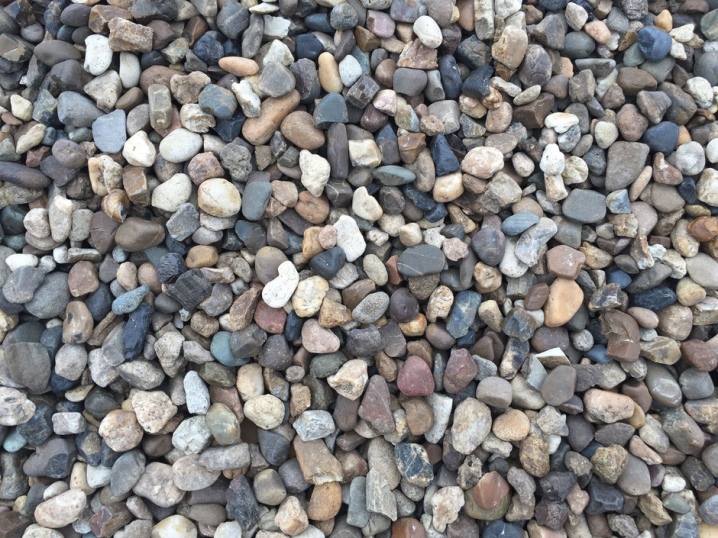
- Granite crushed stone. Very strong rock has an attractive appearance and is well compacted into the ground. Such a covering for parking is frost-resistant, withstands significant loads, quickly passes moisture, not allowing it to accumulate on the surface.
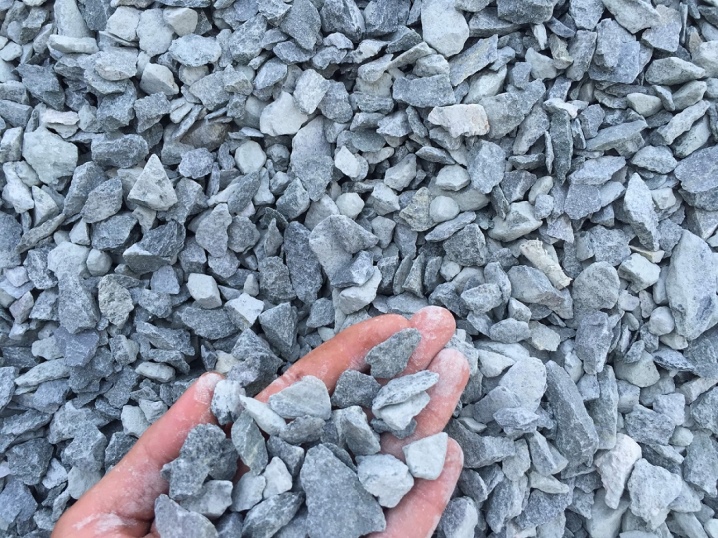
Some types of crushed stone are not suitable for organizing outdoor parking areas. Crushed stone obtained from limestone crumbles when in contact with a moist environment, giving chalk streaks. It is not used for this type of construction.
In addition to the type of material, its characteristics are also taken into account. The thickness of the backfill is measured based on the strength and density of the stone. The size of the fractions for the lower - base - layer must be at least 60 mm. Such large stones are not susceptible to mixing with the ground, which means that it will be possible to avoid subsidence of the site. The top layer of the coating is formed from crushed stone with a grain size of up to 20 mm.
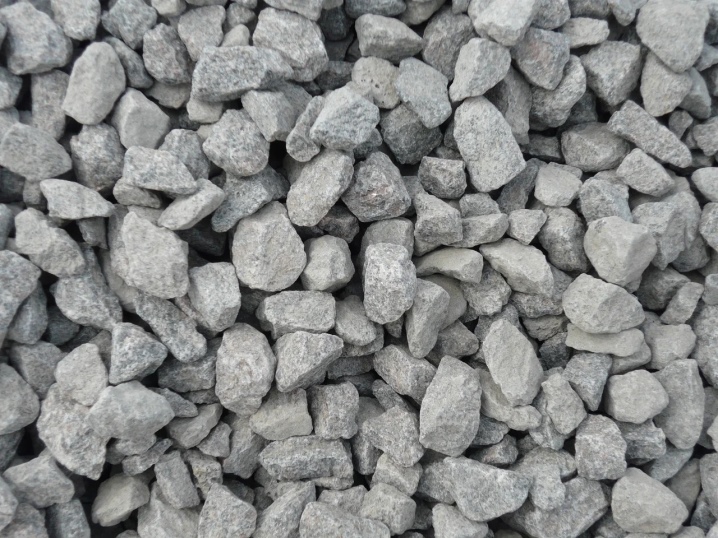
Tools and materials
To arrange a parking lot from crushed stone, in addition to the crushed stone itself, you will need screening or sand, geotextiles to prevent the growth of grass, shedding of soil. The toolbox is pretty simple.
- Shovel. Excavation works are routinely carried out, with shovels the transfer and distribution of crushed stone, sand is provided.
- Rake for leveling the soil.
- Roulette and level. For marking the site, determining the alignment accuracy.
- Rammer. It is useful for compacting backfilled soil, crushed stone, sand. The simplest manual roller can be made by yourself.
- Stakes and ropes. They will come in handy when marking the site.
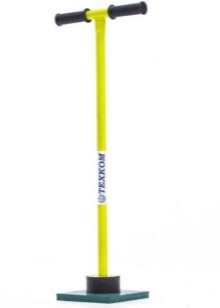
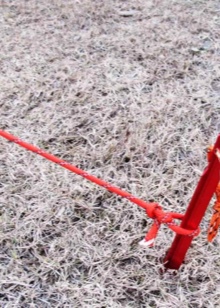
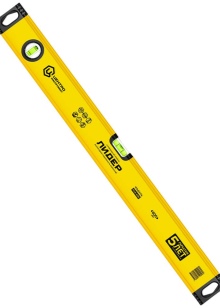
This is the main list of tools and materials that you may need when arranging parking on the site. If you plan to add a curb, you will have to additionally purchase concrete cast elements, as well as prepare a solution to fix them in their intended place.
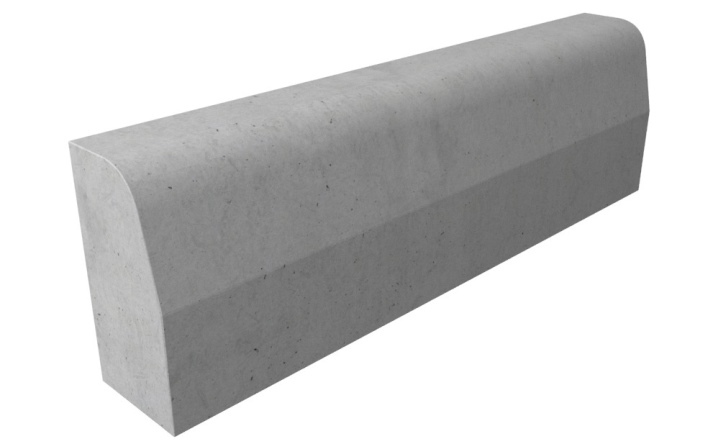
Step-by-step instruction
It is quite easy to make a parking for a car from rubble with your own hands. On heaving soils, it is better to provide in advance an additional reinforcing structure made of geogrid, the cells of which are filled with stone. Otherwise, the arrangement of a parking space for a car will not be difficult, especially if you carefully approach the planning of the territory, prepare and fill in advance the arrival at the summer cottage.
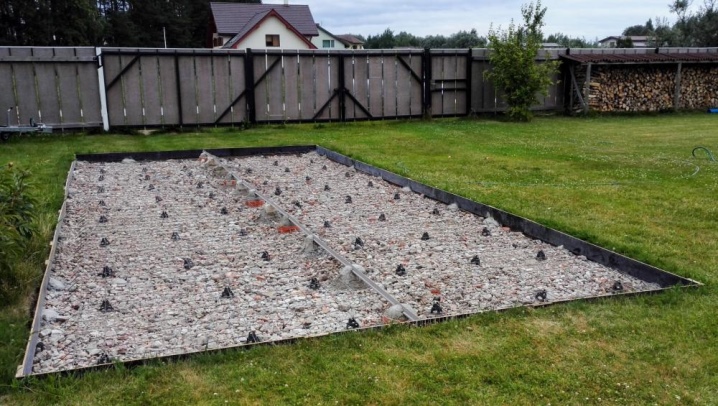
It is recommended to pre-calculate the amount of material required. The crushed stone coating resembles a "cake", in order to fill it, several types of stone with different sizes of fractions are used at once. Accounting for the consumption of crushed stone per 1 m² will help to do this correctly. To lay an even and dense coating, at least 15 cm of coarse-grained material and 5 cm of fine-grain material are required, the thickness of the sand cushion will be at least 100 mm.
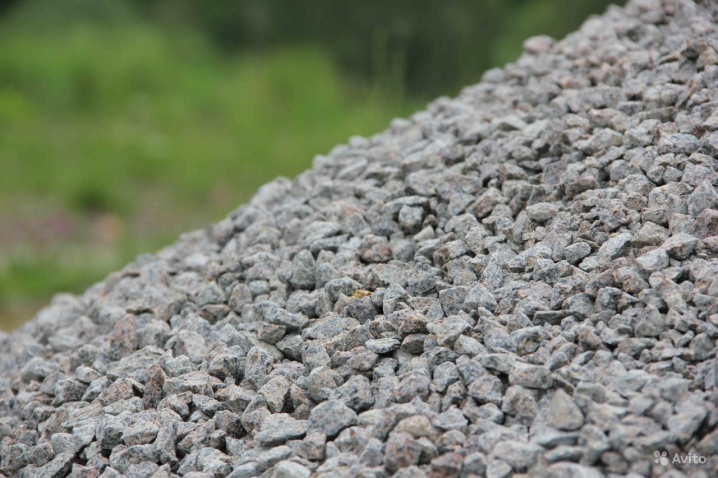
Seat selection
In order for the parking area to be convenient to use, you need to choose a suitable place for it. There can be two options.
- In the local area. In this case, the car will be better protected from precipitation and wind. Placing a parking lot near the house is advisable for monitoring the car. In addition, it facilitates the loading and unloading of products, reduces the time spent getting into the vehicle when leaving. A covered carport can be attached to the house.
- At the entrance gate. The simplest solution In this case, there is no need to occupy a significant part of the territory for access roads. The consumption of materials is reduced, and you can also not be afraid of delaying work.
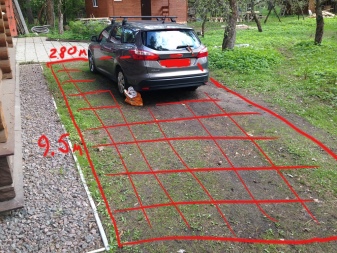
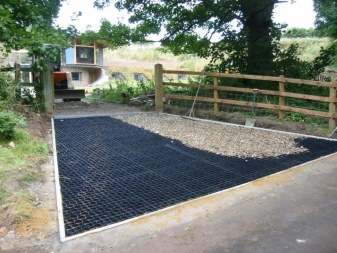
When choosing the best place for a parking area, it is worth considering the features of the terrain. It is impossible to organize it in the lowlands, since the view will be significantly reduced upon arrival. If there is no other place, it is easier to dump the soil, and then form a crushed stone pillow.
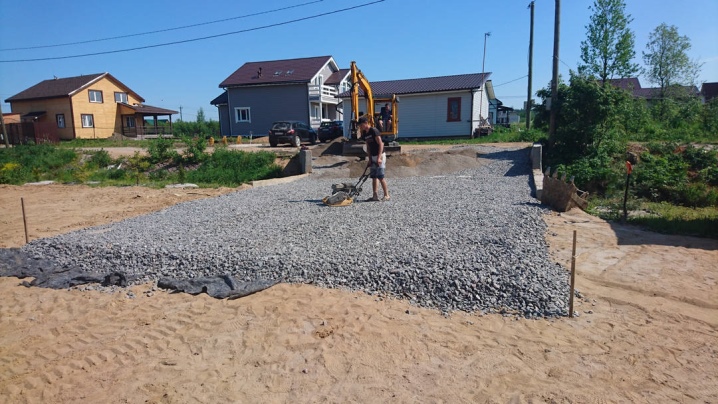
Markup
This stage of work is carried out before the delivery of material to the site. It is necessary to determine the boundaries of the parking area, marking them with rope guides and pegs. Excavation is carried out within the boundaries of the fence to a depth of 30-35 cm. Correct markup takes into account:
- location of access roads;
- required turning angle;
- placement of the desired number of vehicles.

The average size of a site for 1 parking space is 5 × 3 m. For several cars, these dimensions will have to be proportionally increased.
Arrangement technology
Parking without entering the garage is quite popular, this parking format is convenient for guests and visitors, suitable for summer cottages where permanent residence is not carried out. Step-by-step instructions for creating a platform for a car from rubble will be as follows.
- Site preparation for construction.Green spaces and garbage are removed on the marked area.
- Excavation. In the lowlands, you will need to fill up the soil to the desired level. On a level ground, everything starts with excavation of 30-35 cm of soil. The future parking lot is leveled.
- Sand cushion filling. Its thickness should be 12-15 cm. It is this layer that will provide sufficient stability for the entire site in the future. The poured sand is moistened and rolled for compaction.
- Installation of the curb. It is located around the entire perimeter of the site. You can put ready-made concrete modules, use natural stone or wooden fences.
- Geotextile laying. It will prevent the germination of weeds.
- Backfilling of crushed stone of a coarse fraction. The layer thickness will be at least 15 cm.
- Filling of fine-grained crushed stone. The thickness of this coating should be up to 5 cm. A small stone is good at allowing moisture to pass through, ensuring sufficient compaction of the coating. The parking surface is rolled up.
- Drainage system laying. With its help, excess moisture will be removed. You can use regular plastic or concrete trays.

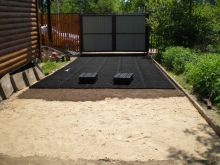

Upon completion of the main stage of work, it is possible to additionally lay driveways to the parking place.
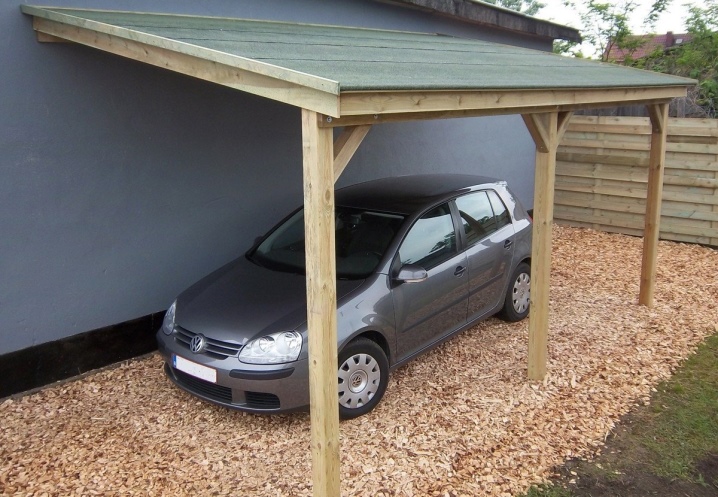
It is also recommended to consider the possibility of arranging a carport, especially when it comes to parking at the house. This will significantly increase the comfort of using the car in adverse weather conditions, and will allow it to be repaired and serviced in the rain.
For more information on the device for parking from rubble, see the next video.













The comment was sent successfully.